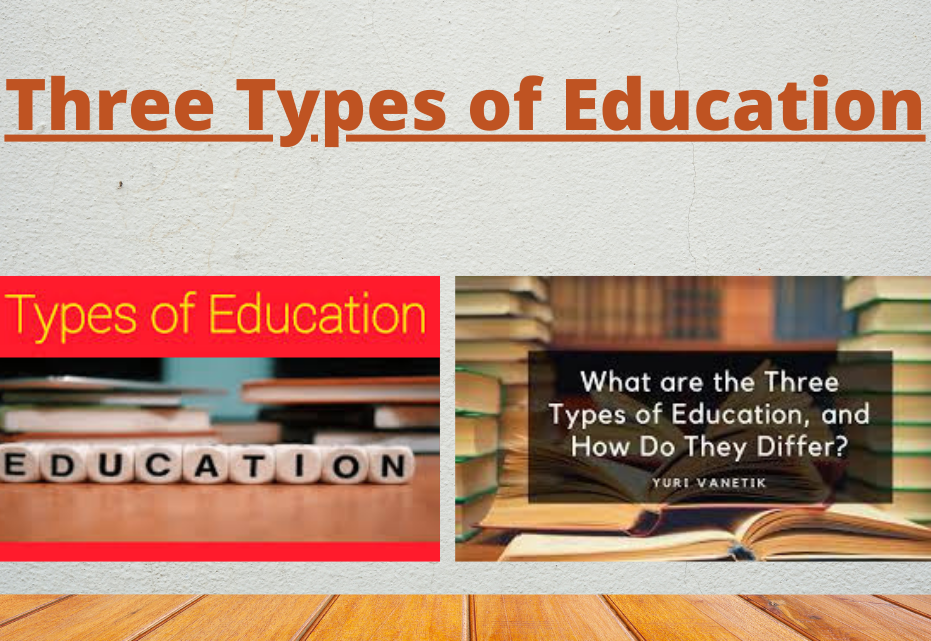In today’s fast-paced world, it’s becoming increasingly essential for educators to prepare their students for the future by providing them with innovative STEM education courses. While technical skills such as coding and using professional software are imperative, fostering a growth mindset is even more crucial.
This means instilling the belief that a person’s abilities can improve with dedication and effort and that there are solutions to even the most challenging problems. If you’re an educator looking to promote this thinking in your classroom, here are five strategies you can try.
5 Innovative Ways To Integrate STEM Teaching In Your Classroom
Include Interesting And Unique Facts In Your Teaching Process
STEM education can sometimes be perceived as dry and dull, but it doesn’t have to be. Introducing interesting and unusual STEM facts can pique students’ interest and make lessons more engaging. These facts can also offer a unique perspective on scientific topics that might otherwise seem mundane.
Here are a few:
- A cloud can weigh approximately a million pounds: Clouds may seem light and fluffy but can be pretty heavy. Depending on the size and moisture content, a single cloud can weigh as much as a million pounds.
- In the Mpemba effect, hot water freezes faster than cold water. The exact mechanism behind this effect is still not fully understood by scientists.
By incorporating these kinds of facts into your lessons, you can spark your students’ curiosity and make STEM topics more engaging.
Taking The Students On Field Trips:
Going on field trips is one of the most effective active learning strategies that make STEM learning very engaging. Here are some ways that field trips can help:
- Real-World Application: Students can see how the concepts they learn in the classroom are applied in real-world settings through field trips. This can make the material more relevant and exciting.
- Hands-on experience: Field trips can provide students with hands-on experience in STEM fields. This can help students to understand the material more deeply and to develop practical skills.
- Exposure to different career paths: Field trips can expose students to various STEM career paths they may not have considered before. This can broaden their horizons and inspire them to pursue STEM careers.
- Cultural and historical context: For example, visiting a science museum can give students a better understanding of the history of scientific discovery and how it has impacted society.
Involving Parents In The Teaching Process
Getting parents involved in STEM education is an excellent way to support students’ learning and build a community around STEM subjects. One way to do this is by organizing parent focus groups centered on STEM careers. Educators can identify the essential core competencies required for success in these careers by tapping into the expertise of parents who work in STEM fields.
Here’s how it works:
First, organize a meeting where parents can discuss STEM careers. Then, you can use online tools such as video conferencing or social media platforms to make the sessions accessible and convenient for all participants.
Ask parents who work in STEM fields to share their knowledge and experience with the group during the meetings. In addition, you can facilitate the discussion by asking questions such as:
- What skills and competencies are essential for success in their field?
- How can educators best prepare students for a career in their field?
- What resources or opportunities would you like to see schools offer to support students interested in STEM careers?
This knowledge can then be used in curriculum development, teaching strategies, and student career exploration opportunities.
Make The Classes More Engaging
Engaging students with the subject matter is crucial for meaningful learning to occur in the classroom. In addition, when students understand how the material relates to their lives, they are more likely to be invested in their education.
Encouraging students to ask questions and allowing them to lead discussions are effective ways to develop a natural excitement for the subject matter that can spread throughout the classroom. In addition, educators can help students connect the material to their experiences and interests by answering their questions.
Another way to promote engagement is by allowing students to lead discussions. When students are given agency in their learning, they become more invested in the subject matter and take ownership of their education. While this might introduce a degree of unpredictability into lesson planning, the payoff is well worth it.
Integrate Project Based Learning
Project-based learning (PBL) is a unique problem-based learning approach that challenges students to work on a project for a dedicated period.
Rather than simply presenting information, PBL presents students with a problem or situation and challenges them to work collaboratively to solve it. This approach to learning not only teaches content but also teaches essential skills such as critical thinking, problem-solving, and teamwork.
Unlike traditional teaching methods, PBL is not just a one-off project to culminate a unit of study. Instead, PBL is the unit of study where students go through the entire learning process from problem identification to solution implementation.
One way to implement PBL and give students agency over their learning is by offering them choices. By providing students with choice boards, educators can offer multiple options for how students can learn a particular subject.
For example, students could create a video or podcast, conduct a virtual lab, or create a slide presentation to show their peers. Giving students these options allows them to learn in a way that makes sense and encourages creativity and innovation.
Final Words
Innovative teaching strategies in STEM education can help inspire and engage students, leading to improved learning outcomes and increased interest in STEM fields.
Educators can create a dynamic and exciting learning environment that encourages students to explore and discover the wonders of STEM by incorporating active learning strategies, field trips, project-based learning, and other innovative approaches.
More Blogs:
- Car accident attorney Los Angeles CZ.LAW
- what is non advanced education?
- YSL Black Opium Dossier.co
- Flowerbomb perfume dossier.co










